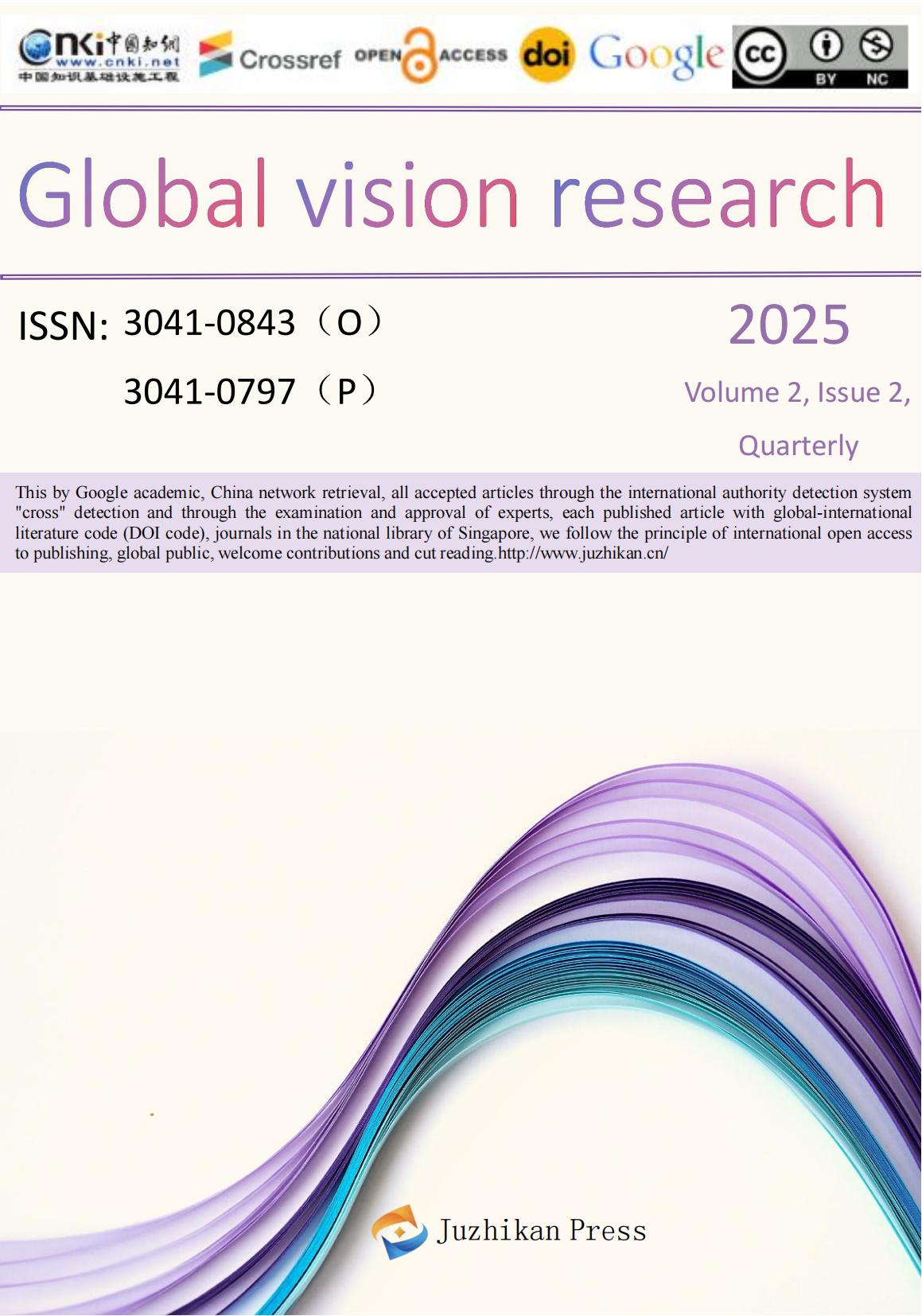
 info@juzhikan.asia
info@juzhikan.asia
 info@juzhikan.asia
info@juzhikan.asia
Study on the correlation between water conservancy facilities operation efficiency and social demand data
Jiayou Xia1 Liu Yanfang2*
1 Hangzhou Dipont School of Arts and Science,Hangzhou, Zhejiang, China,310000;
2 School of Information Engineering, Qingdao Hengxing University of Science and Technology, Qingdao, Shandong, 266041;
Abstract:Against the backdrop of water resource shortages and evolving water use structures, improving the operating efficiency of water conservancy facilities has become an important direction for optimizing resource allocation. This paper constructs a correlation analysis model driven by social demand data to explore the matching relationship between multiple demands such as population, industry, and ecology and the operating efficiency of facilities. The grey correlation and multiple regression methods are used to construct the correlation structure, and the statistical data of Hefei from 2021 to 2023 are used as an empirical basis to reveal the synchronization between industrial water use and operating energy consumption, as well as the lag between ecological demand and water supply results. Visual analysis further verifies the structural evolution trend of the supply and demand relationship, and based on this, dynamic control strategies such as zoning compensation, load forecasting, and recycled water joint regulation are proposed. The research results show that changes in social demand have become an important variable affecting the operating efficiency of water conservancy facilities, and data-aware flexible scheduling mechanisms will play a key role in future water conservancy systems.
Keywords:water conservancy facility efficiency; social demand structure; grey correlation analysis; matching evaluation; dynamic regulation strategy
References
[1]Wang L, Zhao Y. Will social network relationship significantly enhance farmers' participation in the supply of small water-saving irrigation and water conservancy facilities in China?[ J]. Agriculture, 2023, 13(1): 216.
[2]Silva J A. Wastewater treatment and reuse for sustainable water resources management: a systematic literature review[J]. Sustainability, 2023, 15(14): 10940.
[3]Raheli H, Zarifian S, Yazdanpanah M. The power of the health belief model (HBM) to predict water demand management: A case study of farmers' water conservation in Iran[J]. Journal of environmental management, 2020, 263: 110388.
[4]Scanlon BR, Fakhreddine S, Rateb A, et al. Global water resources and the role of groundwater in a resilient water future[J]. Nature Reviews Earth & Environment, 2023, 4(2): 87-101.
[5]Molajou A, Pouladi P, Afshar A. Incorporating social system into water-food-energy nexus[J]. Water Resources Management, 2021, 35: 4561-4580.
[6]Katal A, Dahiya S, Choudhury T. Energy efficiency in cloud computing data centers: a survey on software technologies[J]. Cluster Computing, 2023, 26(3): 1845-1875.
[7]Katusiime J, Schütt B. Integrated water resources management approaches to improve water resources governance[J]. Water, 2020, 12(12): 3424.
[8]Gupta AD, Pandey P, Feijóo A, et al. Smart water technology for efficient water resource management: A review[J]. Energies, 2020, 13(23): 6268.
[9]Peng T, Deng H, Lin Y, et al. Assessment on water resources carrying capacity in karst areas by using an innovative DPESBRM concept model and cloud model[J]. Science of The Total Environment, 2021, 767: 144353.
[10]Grigg N S. Water Resources Management: Principles, Methods, and Tools[M]. John Wiley & Sons, 2023.